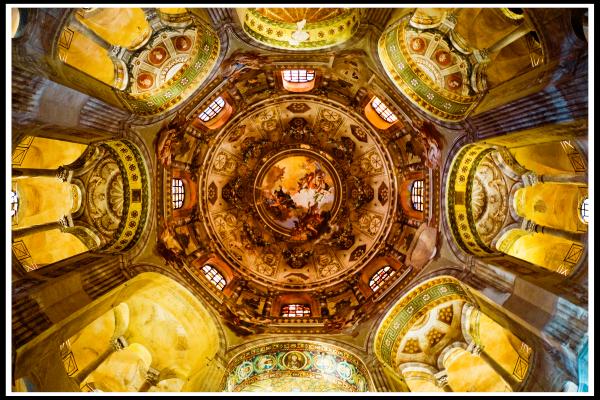Jardin du Luxembourg, Paris
Where do I start with this one....Grand? Glamorous? Regal? Resplendent? All of the above?
This is the Jardin du Luxembourg (Luxembourg Gardens)-also known as my favourite place in the whole world (I'm quite serious). The Luxembourg Gardens are for me a very special place, not only because of their beauty and Baroque architecture, but because I used to live a block away, and would walk through the gardens to catch the metro on most days.
The garden is filled with an array of flowers and emerald green topiary in the summer, and is dotted with chestnuts that have fallen and pony rides for children in the winter. It's its own ethos-a garden with a palace that was once home to Marie D'Medici, and is now the seat of the French Senate; a place that was exclusively built for a queen and is now open to the public. Regardless of it's official function, it has been and (I hope) always will be a place of tranquillity, civility, play for children, and in true French form-a place where lovers can meet on a secluded bench.
The garden & palace were begun in the early 1600s, and since then have featured a large pond where children today float miniature sail boats, a series of balustraded terraces, and a collection of statuary meant to recall queens, saints and deities. At the turn of the 19th century a marionette theatre and apple orchard were added, in addition to an apiary and orangerie used for displaying sculpture and modern art.
History of the Jardin du Luxembourg
History of the Jardin du Luxembourg

Child with Model Sail Boat

Sign for Marionette Theatre







